|
-The increase in small business growth across Tucson can be attributed to the expanding local economy and housing market, defense manufacturing growth, retail companies moving into industrial business parks, and an overall healthy economy. -Small industrial businesses between 1,000-5,000 sf seem to be doing well and expanding faster than we have seen within the last 10 years. Because of this improved small business growth multi-tenant business parks with vacant space under 5,000 sf are raising rental rates 2-5%. -Absorption of industrial space continued during the first quarter of 2018, with 57,423 square feet (sf) of positive net absorption for the quarter. -Properties smaller than 100,000 sf have a vacancy rate of 4.7% Economy Arizona posted healthy job growth when as predicted, the Bureau of Labor Statistics revised data indicating that Arizona employment actually grew 2.4% during 2017 versus a previously reported 1.7%. Tucson job growth for the year was also revised, up to 1.5% and early in Q1 2018, employment has held steady. The national trend of tight labor markets, impacting pricing and space demands, set the tone for Tucson to follow suit. In the short term, this may be good news as rental rates rise, but in the long-term threatens growth if labor markets stay tight, deliveries stagnate and the federal funds rate continues to rise. In February, the average sales price of Tucson homes rose 3.3% to $249,095 while new single family housing permits were up 13.7% year-over-year. January retail sales in the Tucson MSA were up 6.9% over the prior January. Market Overview Absorption of industrial space continued during the first quarter of 2018, with 57,423 square feet (sf) of positive net absorption for the quarter. This reduced the overall vacancy rate to 6.3% in the 42.9 million square feet (msf) of industrial buildings. Interestingly, there are 57 properties of above 100,000 sf that do not divide to a smaller size, with a vacancy rate of 12.6%. That means the remaining 2,500 properties of 31.8 msf are 4.7% vacant. This should be driving new construction, but rental rates and sale prices have not increased enough to justify this additional cost. Looking at a 20,000 sf new building to be built on a lot in Butterfield, the estimated construction costs would be $125 per square foot (psf), resulting in rents of close to $1.00 psf per month triple net. Existing buildings are priced in the $60.00 to $70.00 psf range, with monthly lease rates of 65¢ to 70¢ psf triple net for modern, functional buildings in Tucson. This gap needs to close for new construction to occur in any quantity. Only four small parcels of land sold during the first quarter, with planned construction for each parcel. Eleven buildings sold during the quarter, including three leased investments, and the rest owner occupied after the sale. Outlook Small industrial businesses between 1,000-5,000 sf seem to be doing well and expanding faster than we have seen within the last 10 years. Because of this improved small business growth multi-tenant business parks with vacant space under 5,000 sf are raising rental rates 2-5%. The increase in small business growth across Tucson can be attributed to the expanding local economy and housing market, defense manufacturing growth, retail companies moving into industrial business parks, and an overall healthy economy. Well located smaller industrial businesses can expect rental rates to rise at least 2% per year. Below is a list of every deal (Company & Industry) Max Fisher did in the First Quarter of 2018
0 Comments
Leave a Reply. |
AuthorMax Fisher, Industrial Properties Broker Archives
April 2024
Categories |
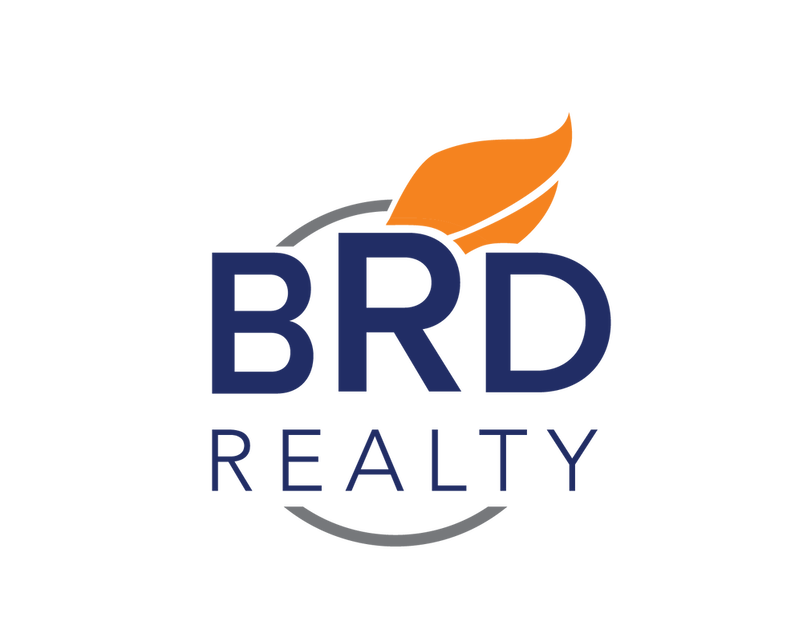
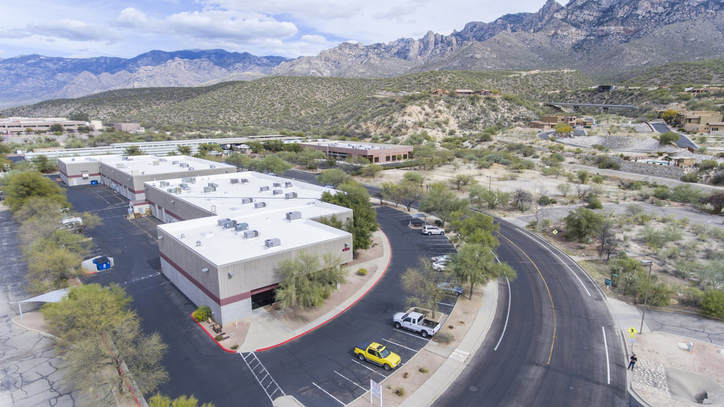

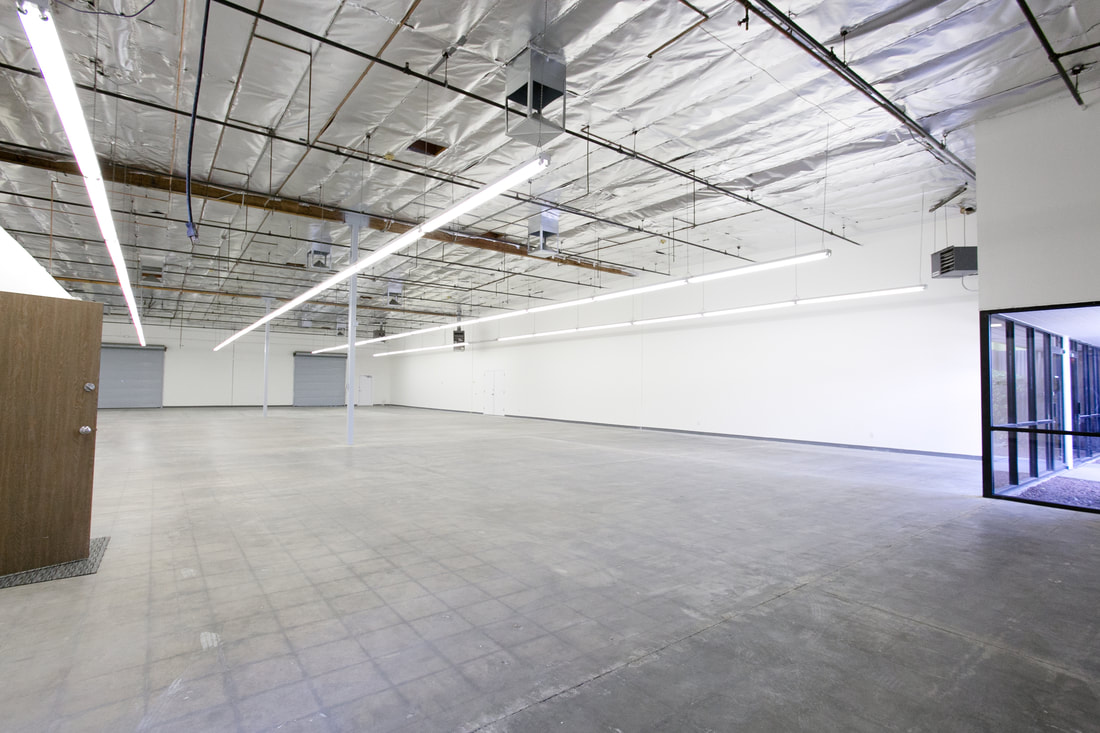
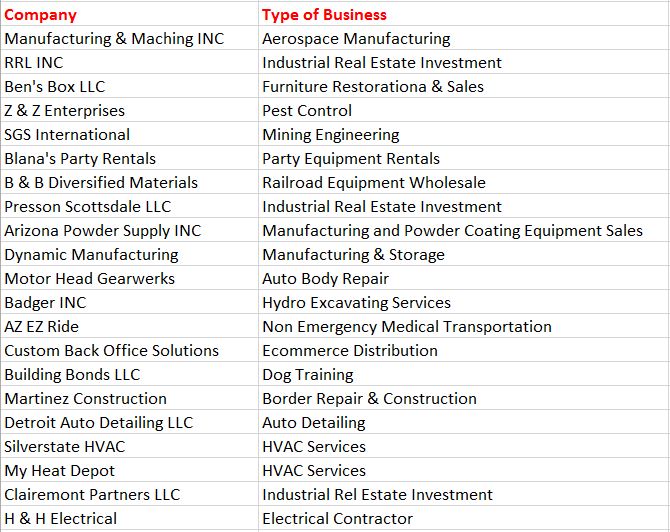
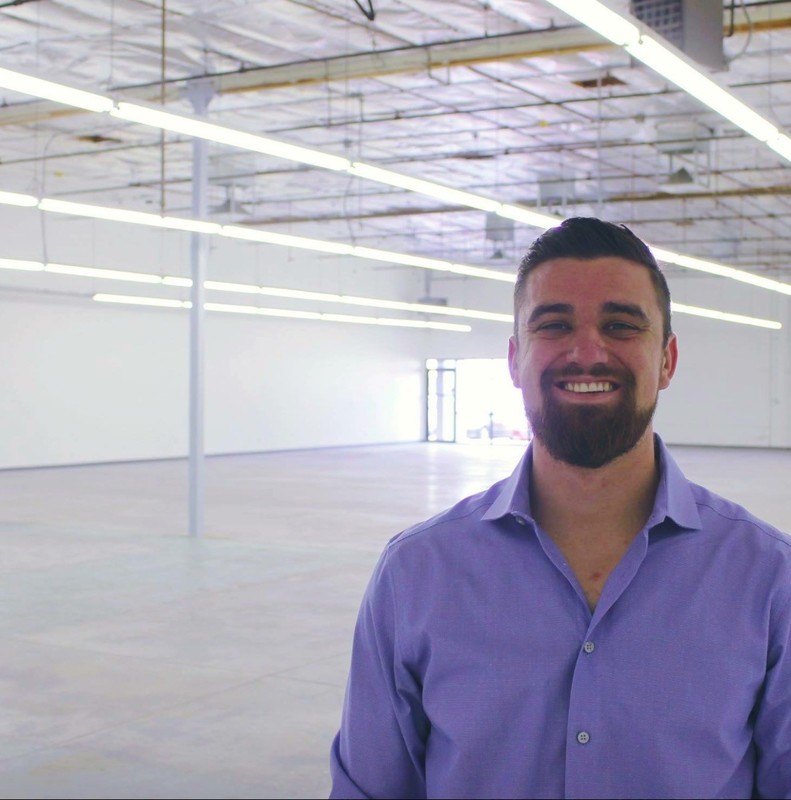
 RSS Feed
RSS Feed